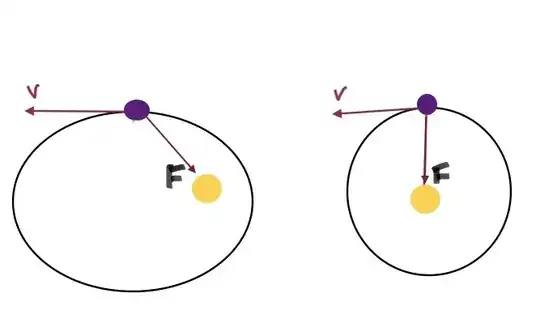Still, I don't understand how come the satellites won't fall into earth. I know the general explanation to this question is that the satellite's horizontal velocity is too fast that makes the gravity impossible to pull it to the earth.
This, for me, sounds like the gravitational force need to take a few moments to sense the existence of this object and then pull it downward, just right at the moment the earth notice the object and begin to pull it for its position, it had already moved to another place.
Well, I think since the vertical velocity id independent of horizontal velocity, therefore, no matter how fast the horizontal speed is, it will not prevent the gravity to pull it straight down to the earth, isn't it?
can someone point out what's wrong with my understanding here?
